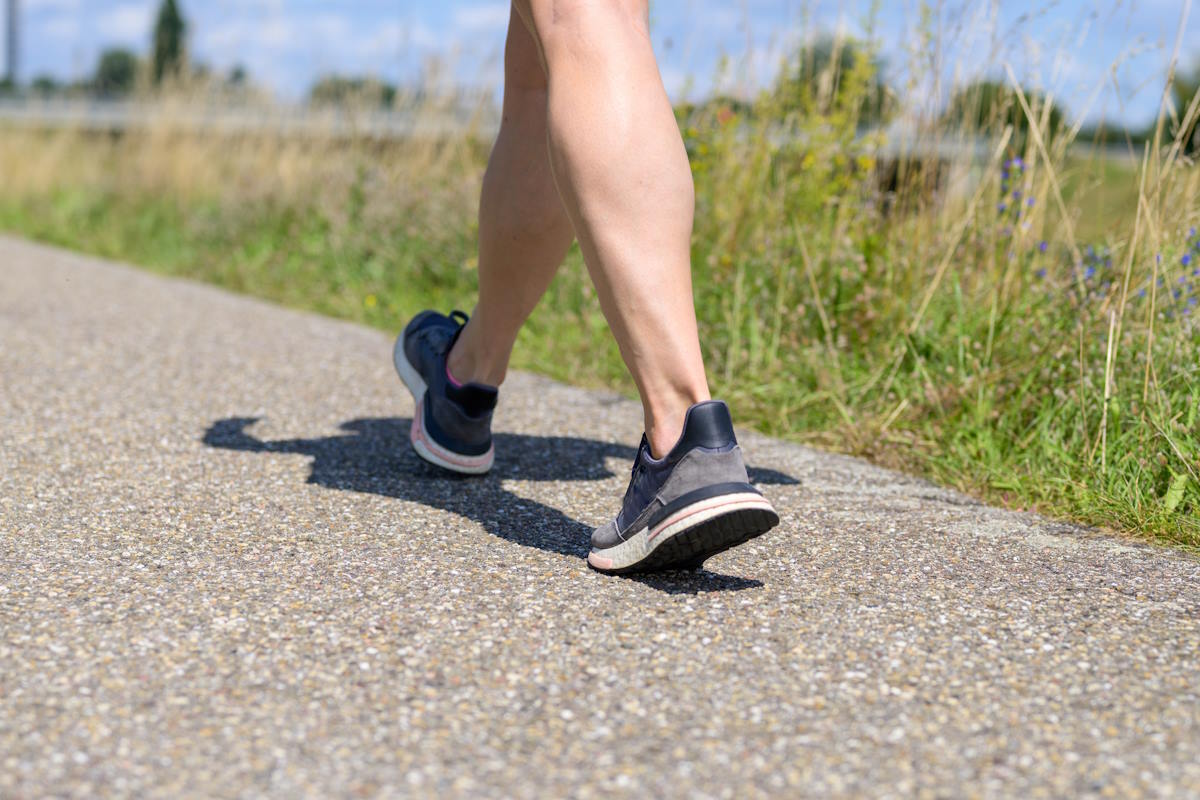Title: Maximizing the Benefits of Walking: Tips for an Effective Daily Walk
Subtitle: Forget the 10,000 Step Benchmark – Listen to Your Body, Take Small Steps Towards Improving Your Health
Date: [Insert Date]
By [Author Name]
If you want to take advantage of the warm season to start going for walks, here are some useful tips to get the most out of this practice.
In a world that increasingly values physical activity and its benefits for our overall well-being, walking has emerged as a simple yet effective form of exercise that can be enjoyed by people of all ages. It doesn’t require a gym membership or expensive equipment, making it accessible to everyone. But do we really need to walk 10,000 steps a day to reap the benefits? Let’s explore some insights and tips to make our walks more effective, regardless of the number of steps taken.
While the 10,000 steps per day recommendation has gained popularity, it is important to understand that this number is not a magic formula for everyone. Factors such as age, body weight, training level, existing health conditions, and individual goals determine the true significance of the steps we take. Experts suggest that instead of fixating on a specific number, it is more crucial to listen to our bodies and adjust our daily walks accordingly.
Recent studies have revealed that the risk of premature death can be significantly reduced with as few as 6,000 to 8,000 steps a day for individuals above the age of sixty. For those under the age of sixty, the range extends from 8,000 to 10,000 steps. These findings emphasize the fact that we don’t need to exert ourselves excessively to experience the benefits of walking. Consistency and a gradual increase in activity over time contribute more to our well-being than trying to achieve monumental fitness goals.
For individuals new to walking or those who haven’t made it a part of their daily routine, it is advised to start gradually. Incorporating a small walk into our day, even just 500 steps, can serve as an excellent starting point. Instead of overwhelming ourselves, we can aim to add 500 more steps each week. Within a few months, our legs and lungs will adapt, ensuring that we can enjoy the health benefits of walking.
Contrary to popular belief, a pedometer or expensive fitness tracking device is not necessary to embark on a regular walking routine. Various mobile applications are available that accurately count steps, and some of them even reward users for walking. While they may not be as precise as sophisticated devices, they provide a good estimate of the number of steps taken, which can be associated with specific paths and time intervals. Once we are familiar with the distance and time it takes to achieve our desired number of steps, we can rely on memory alone to guide our walks.
Speed is another factor that often sparks debate among walkers. It is important to note that the pace at which we walk does not significantly affect the health benefits. Walking at a normal pace is equally beneficial as walking at a fast pace, although a slightly faster pace can amplify the advantages, particularly for younger and healthier individuals.
While weight loss is a significant goal for many, it is essential to realize that walking alone may not contribute significantly to shedding pounds. Burning approximately 100 calories for every 2,000 steps means that 10,000 steps only burn around 500 calories, which is a small part of the weight loss process. If weight loss is the primary objective, it may be beneficial to explore other forms of exercise that are more impactful in this regard.
Walking every day offers numerous advantages for our overall well-being, from improving cardiovascular health to reducing the risk of chronic diseases. It is a low-impact exercise that can be sustained throughout life. Remember that the key to an effective daily walk lies in listening to our bodies and gradually increasing our activity level. So, put on your walking shoes and start the journey towards a healthier lifestyle.
Follow us on [Telegram](link), [Instagram](link), [Facebook](link), [TikTok](link), and [YouTube](link) for more health and fitness insights.
We also recommend:
– 2 minutes of walking after eating is enough to have incredible effects on your health
– Running or walking, which is the best activity for losing weight?
